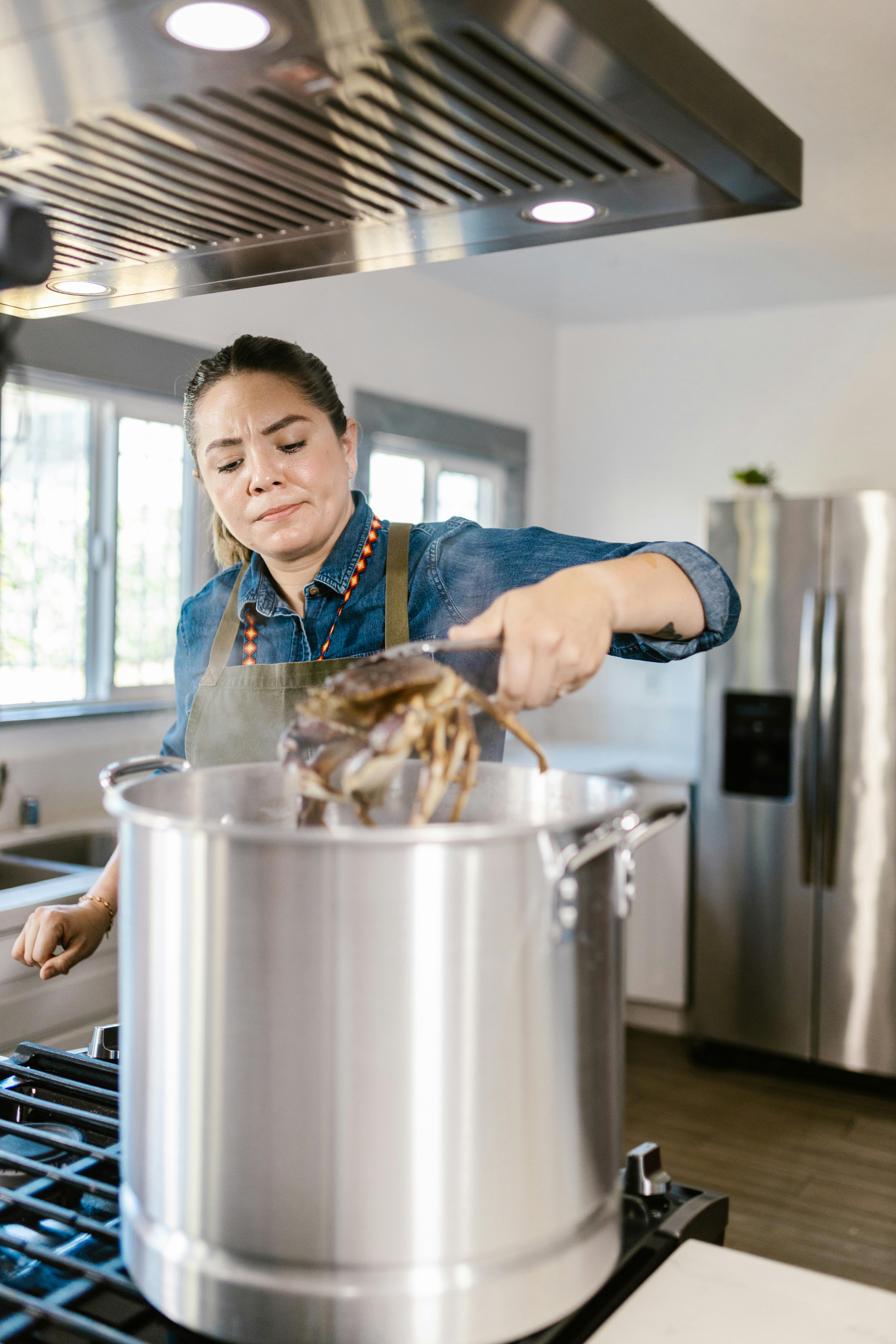How to Properly Make Cinnamon Tea for Maximum Flavor in 2025

Essential Guide to Making Cinnamon Tea for Maximum Flavor
Cinnamon tea, a beloved beverage for many, not only tantalizes the taste buds but also offers a plethora of health benefits. Whether you're looking to warm up on a cold day or seeking a natural remedy for various ailments, learning how to make cinnamon tea is essential. This guide will delve into the ingredients for cinnamon tea, the brewing techniques that enhance flavor, and variations that can elevate your tea-drinking experience.
Cinnamon, known for its aromatic and flavorful profile, has been used for centuries in traditional medicine and culinary applications. As more health-conscious consumers turn to natural drinks, the popularity of cinnamon tea only continues to grow. Emphasizing its health benefits, this article provides a roadmap for making a homemade cinnamon tea, offering insights into different versions you can explore.
Key takeaways will include step-by-step instructions on brewing cinnamon tea from scratch, health benefits associated with various ingredients, and creative variations to try out. So grab your cinnamon sticks and prepare to discover the best way to make cinnamon tea that not only tastes great but also serves your wellness needs.
How to Make Cinnamon Tea: Key Ingredients and Preparations
Building on the fundamentals of cinnamon tea, let’s explore the key ingredients needed to create this delightful drink. The main ingredients for cinnamon tea include:
Essential Ingredients for Cinnamon Tea
To properly make cinnamon tea, you'll need:
- Cinnamon Sticks or Ground Cinnamon: Both options are prevalent, but using sticks typically yields a more robust flavor.
- Water: The foundation of any tea, opt for fresh filtered water to ensure purity in taste.
- Natural Sweeteners: Honey, maple syrup, or agave are excellent choices to enhance sweetness without overpowering the spice.
- Optional Add-Ins: Lemon, ginger, or clove can add unique flavors, while milk will yield a creamier texture.
Preparing the Cinnamon Tea Base
The process of making cinnamon tea from scratch starts with boiling water. Using about two cups of water per two cinnamon sticks or one teaspoon of ground cinnamon is recommended. Simmer for approximately 10-15 minutes to engage the aromatic oils and flavors from the cinnamon.
After boiling, remove from heat and allow it to steep for an additional 5 minutes. This combination of boiling and steeping maximizes the flavor extraction, producing a rich, fragrant tea.
Brewing Techniques for Flavor Optimization
When brewing cinnamon tea, it’s essential to pay attention to the infusion time and temperature. The longer the tea steeps, the more intense the flavor will become. However, be mindful not to over-brew or the tea might develop bitter undertones. Regularly tasting during the steeping process can help you achieve the desired strength.
This leads us to the importance of balancing flavors. If you prefer a less intense flavor, reduce the steeping time. Alternatively, if you enjoy a bolder flavor, experiment with adding more cinnamon. Personalizing your preparation allows you to explore the fascinating world of cinnamon tea variations.
Exploring Variations of Cinnamon Tea
Once you've mastered the basic cinnamon tea recipe, you can broaden your horizons by trying different variations. Cinnamon is incredibly versatile and pairs well with an array of ingredients, making it suitable for various palates.
Cinnamon Tea with Ginger for Extra Warmth
Adding ginger to your cinnamon tea not only enhances its flavor but also provides an array of health benefits. Ginger is known for its anti-inflammatory properties and can aid digestion. Consider adding freshly grated ginger to your tea during the boiling phase, allowing it to infuse thoroughly.
Cinnamon Tea with Honey and Lemon
A popular rendition of cinnamon tea involves sweetening it with honey and adding a splash of lemon juice. Honey serves as a natural sweetener while lemon introduces a refreshing acidity that balances the spice. Aim for one tablespoon of honey and a teaspoon of fresh lemon juice to achieve the perfect blend.
Iced Cinnamon Tea for Warm Weather
As temperatures rise, converting your hot cinnamon tea into a refreshing iced version is a brilliant idea. Brew a strong batch of cinnamon tea, let it cool, and serve it over ice. Consider adding a slice of lemon or a few mint leaves for a cooling effect.
The Health Benefits of Cinnamon Tea
Cinnamon tea is not just a delicious beverage; it’s packed with health benefits that can contribute to overall wellness. Understanding the benefits of cinnamon tea further enhances your reason for indulging in this comforting drink.
Cinnamon Tea for Digestion and Weight Loss
Many turn to cinnamon tea for its digestive properties. It is believed to help regulate metabolism and suppress appetite, making it an excellent choice for those looking to manage their weight. Regular consumption may also alleviate bloating and unease after meals.
Cinnamon Tea’s Immune Support
The antioxidants found in cinnamon tea play a significant role in bolstering the immune system, helping the body ward off illnesses. The warming nature of cinnamon helps to soothe sore throats and fight off colds, providing a natural remedy during cold seasons.
Reducing Inflammation with Cinnamon Tea
The anti-inflammatory properties of cinnamon make it a fantastic drink for those suffering from chronic pain or inflammation. Drinking cinnamon tea regularly can contribute to joint health and ease discomfort associated with inflammatory conditions.
Sweetening and Customizing Your Cinnamon Tea
How to sweeten cinnamon tea is a crucial consideration in beverage preparation. Knowing how to balance sweetness with spice can enhance your tea experience significantly.
Choosing the Right Sweeteners
Natural sweeteners like honey and maple syrup are excellent choices for enhancing cinnamon tea’s flavor. Experiment with different amounts to find your ideal sweetness level. For those preferring a calorie-conscious option, consider stevia or monk fruit sweetener, which offers sweetness without the calories.
Adding Milk for Creaminess
If you're intrigued by creamy textures, consider adding milk to your cinnamon tea. Whether you opt for dairy or plant-based milk, the richness balances the tea's warm spiciness. Aim for one-third milk to two-thirds cinnamon tea for the perfect blend.
Final Thoughts on Brewing Cinnamon Tea
Now that you have insights into making cinnamon tea from scratch, exploring variations, and understanding its health benefits, you can confidently brew this aromatic drink at home. Whether you enjoy it hot or cold, sweetened or spicy, cinnamon tea provides versatile options for every preference.
For those curious about herbal infusions and natural remedies, cinnamon tea is a delightful place to start. As you experiment with ingredients, remember to embrace the warming qualities and comforting flavors that come with each cup. Happy brewing!

